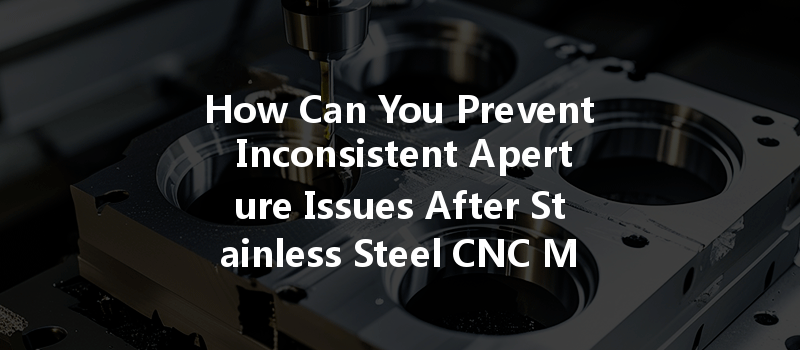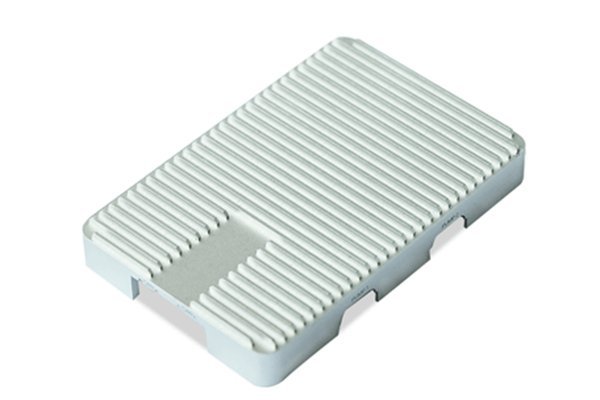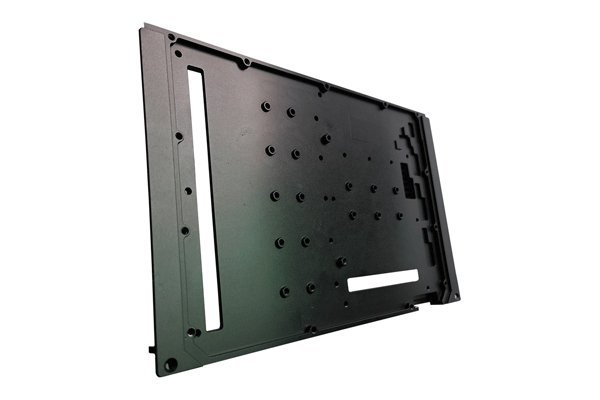Did you know that CNC machining accounts for an astounding 30% of all manufacturing processes in the United States? This efficiency makes CNC machining indispensable in industries ranging from aerospace to medical devices. However, quality inconsistencies, such as unstable aperture, can severely hinder operational effectiveness and product integrity. In this comprehensive guide, we will explore how to avoid causes of unstable aperture issues in stainless steel CNC machining and ensure precision in every part.
Understanding CNC Machining and its Importance
CNC, or Computer Numerical Control, machining is a subtractive manufacturing process that uses programmed software to control machine tools. The precision of CNC machining allows manufacturers to create intricate designs with high dimensional accuracy, crucial for various applications. Stainless steel, known for its corrosion resistance and strength, is widely used in different sectors. However, machining this material presents unique challenges that can lead to problems like unstable aperture.
Why Aperture Matters in CNC Machining
The term “aperture” in machining often refers to openings or gaps in the produced components, particularly in parts requiring high precision or flow rates, such as in valves or filters. An inconsistent aperture can lead to several issues:
With these implications in mind, let’s dive into the various causes of unstable aperture and detailed solutions to overcome them.
Common Causes of Unstable Aperture in Stainless Steel CNC Machining
Identifying the root causes of unstable apertures is essential for prevention. The following sections outline the primary factors contributing to this issue:
Tooling can significantly affect precision; as tools wear, their ability to maintain exact apertures diminishes.
Solution:
Misalignment in machines can lead to inaccuracies in dimensions.
Solution:
The inherent properties of stainless steel can vary depending on the alloy and production batch, leading to unpredictable behavior during machining.
Solution:
Poor cooling or inadequate lubrication can affect the thermal stability of both the material and the tooling.
Solution:
Improperly set feed rates and cutting depths can lead to excessive stress on both the material and the tooling.
Solution:

Human factors can introduce variability into the machining process.
Solution:
Temperature fluctuations and humidity can impact machining precision.
Solution:
Maintaining Stability in the Machining Process
In addition to addressing the above factors, several practices can consistently lead to improved stability in machining operations:
SPC utilizes statistical methods to monitor and control production processes.
Benefits:
Adopting a philosophy of continuous improvement (such as Lean or Six Sigma) helps refine processes.
Benefits:
Establish robust quality assurance measures to inspect products regularly during the production phases.
Benefits:
Utilizing state-of-the-art machinery and software can significantly mitigate the risks associated with unstable apertures.
Benefits:
In the world of CNC machining, maintaining precision while working with materials like stainless steel is paramount. By understanding the factors that contribute to unstable aperture and implementing the defined solutions, you can minimize risks and enhance the overall quality of your products.
In summary, adopting strategies such as regular tooling inspections, machine calibration, effective cooling and lubrication systems, quality assurance protocols, and a commitment to continuous improvement will go a long way in ensuring the stability of your CNC machining processes.
This blog highlights the significance of quality management and precision in CNC machining, providing you with actionable insights to enhance your operations. As manufacturing demands grow ever more competitive, remember that investing time and resources into optimizing your CNC machining processes will pay off in reliability, efficiency, and, importantly, satisfied customers. Reflect on these techniques as you strive for excellence in your manufacturing journey. The time to act is now – the stability of your apertures hangs in the balance!






